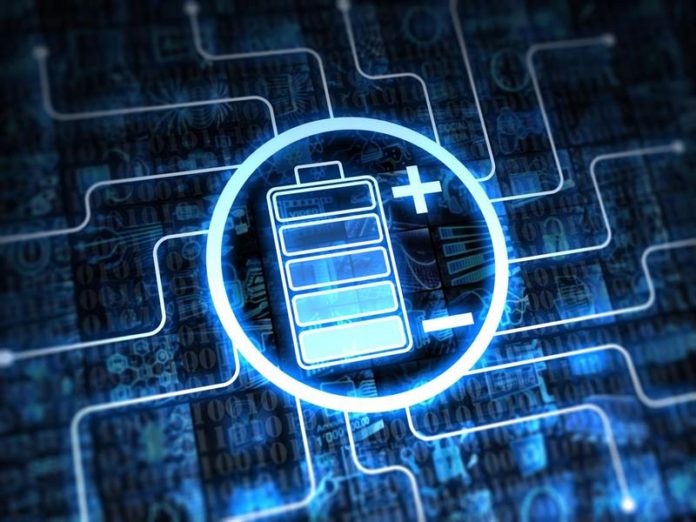As researchers search for the next best wave of a battery to replace the lithium-ion ones that we’ve all become to rely on but have outlived their performance capabilities, they’ve stumbled upon indium. Indium is not a new find but is one that’s rarely been explored when it comes to batteries, but perhaps it should have been. This metal is soft and malleable and may be perfect for providing us with the more powerful, longer-lasting batteries that we need.
According to a recent study by American scientists, coating lithium electrodes in indium hinders the bad side reactions of electrode and electrolyte meetings, allows a more stable deposition of lithium while charging, and increases storage capacity in the lithium adobe by fusing the reactions between indium and lithium.
Most modern lithium-ion batteries in use today use graphite anodes to store the lithium when the batteries are charged. An alternative that’s been suggested is using batteries that have metallic anodes instead, made up of lithium for example. These would provide a much higher capacity for energy storage. However, it’s not that easy. Because of the uneven deposition of metal during the charging process, dendrites form which can cause the battery to short-circuit. The side-reactions that occur between the electrodes and electrolyte in the reactive metal also causes problems and reduces the overall lifetime of the batteries.
One solution to this problem has been offered by researchers working with Ravishankar Sundararaman at Rensselaer Polytechnic Institute (Troy, USA) and Lynden A. Archer at Cornell University (Ithaca, USA). Their idea is to use indium coatings on the lithium. It’s a simple solution that just involves a quick immersion in an indium salt solution. The electrolyte concentration increases while some of the indium gets deposited on the surface of the lithium electrode.
Indium is a good choice as it’s uniform and self-healing when the electrode is in use if only small quantities of indium salt are added to the electrolyte. There are no issues during charging. Its chemical composition stays the same and it remains perfectly intact. The researchers used computer modeling to demonstrate why this method was so successful, which basically comes down to one thing: lithium ions only bound loosely upon the indium coating. Rigorous testing confirmed these indium-lithium electrodes can remain stable for more than 250 charges while still retaining around 90% of their capacity. Hence the reason why indium could easily become the next big thing inefficient battery storage.
More News to Read
- Meet Robo R2 – The High-Performance 3D Printer With WiFi
- Scientists Discover a New Way to Repair DNA
- Your Newborn Baby Keeps you Up All Night, Tranquilo Mat Here to Help
- Potential Treatment Discovered for Controlling Bleeding Brains After Strokes
- Hubble Telescope Reveals Unusual Object in the Asteroid Belt

